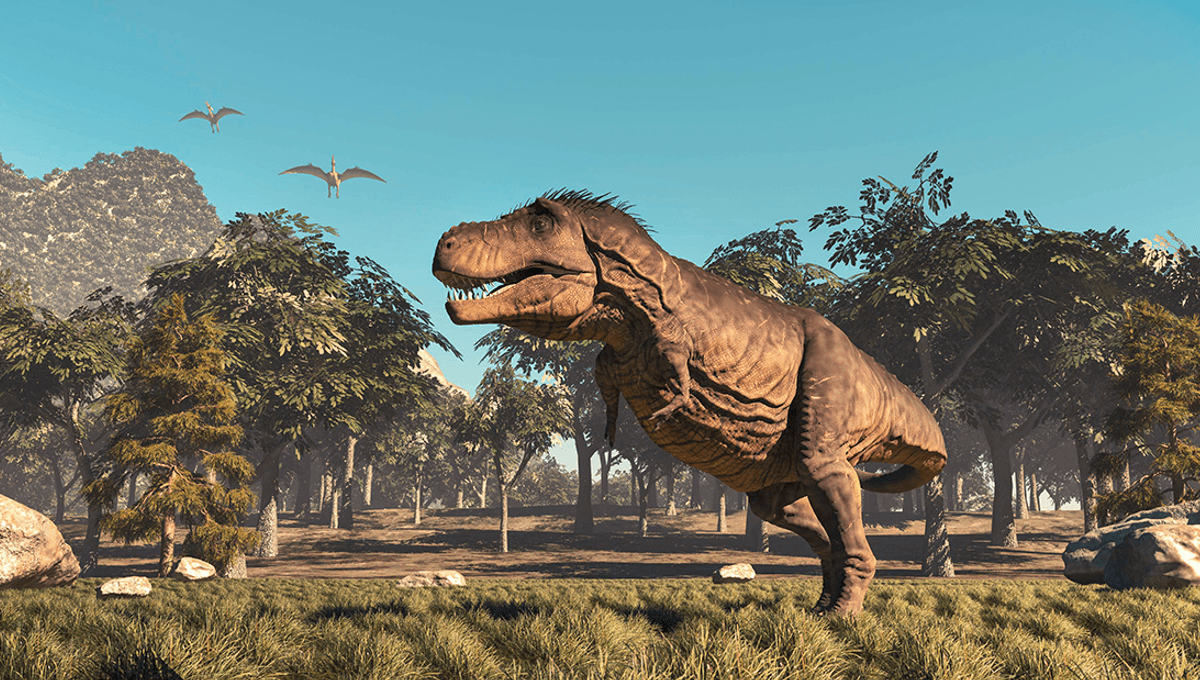
A neat new animation from Global Data has compared the sizes of 150 living and extinct animals. Measuring their length, the video includes tiny creatures like bees (1.2 centimeters/0.7 inches) all the way to huge beasts like the Supersaurus (the length of 2,833.33 bees).
There are a number of surprises in there, especially seeing where the dinosaur classic T. Rex stacks up against some of our living animals today.
Controversially, the team puts the Jurassic era Supersaurus as bigger than the blue whale – however, the comparison was on length rather than sheer bulk. The blue whale is the largest animal, weighing more than 180,000 kilograms (396,832 pounds), sustained by eating between 20 and 50 million calories a day.
Source Link: 3D Animation Compares The Size Of 150 Living And Extinct Animals